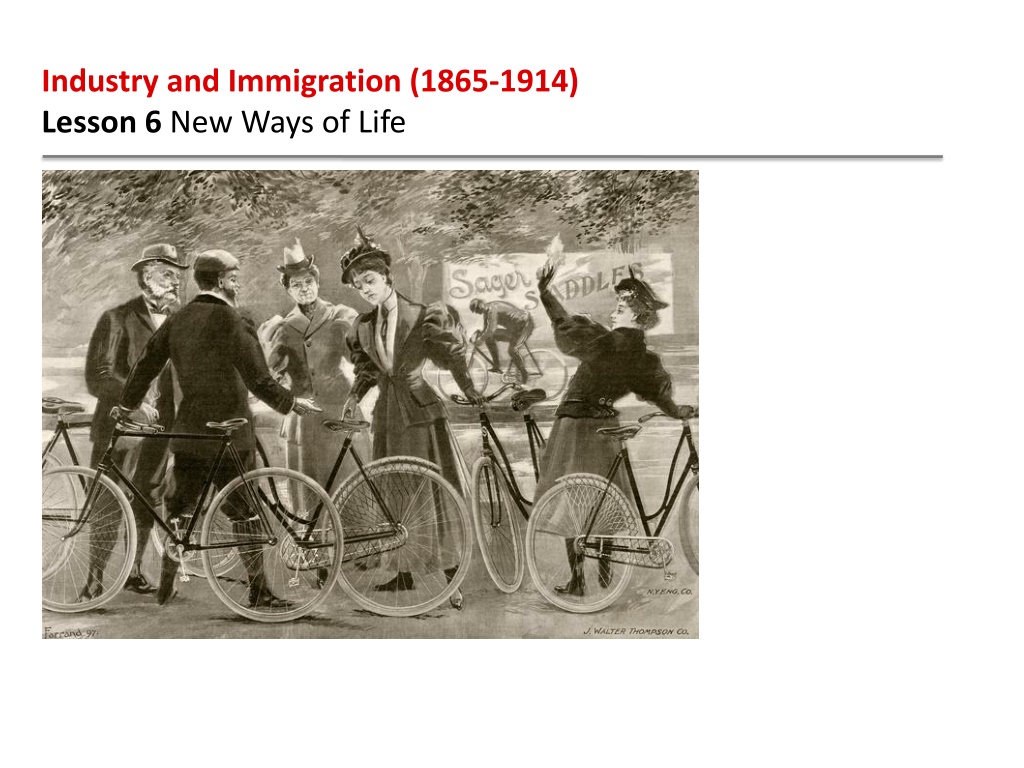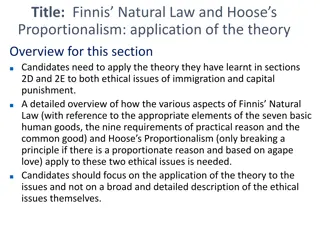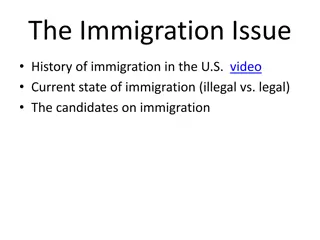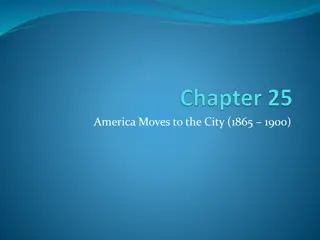New Ways of Life: Industry and Immigration (1865-1914) Lesson
Explore how technology, new stores, and marketing revolutionized Americans' standard of living in the late 1800s. Delve into mass culture, education, and popular cultural movements of the era. Discover key terms like Mark Twain, Gilded Age, conspicuous consumerism, and more.
Download Presentation

Please find below an Image/Link to download the presentation.
The content on the website is provided AS IS for your information and personal use only. It may not be sold, licensed, or shared on other websites without obtaining consent from the author.If you encounter any issues during the download, it is possible that the publisher has removed the file from their server.
You are allowed to download the files provided on this website for personal or commercial use, subject to the condition that they are used lawfully. All files are the property of their respective owners.
The content on the website is provided AS IS for your information and personal use only. It may not be sold, licensed, or shared on other websites without obtaining consent from the author.
E N D
Presentation Transcript
Industry and Immigration (1865-1914) Lesson 6 New Ways of Life
Industry and Immigration (1865-1914) Lesson 6 New Ways of Life Learning Objectives Explain how technology, new types of stores, and marketing changed Americans' standard of living. Analyze mass culture and education in the late 1800s. Describe new popular cultural movements in the late 1800s.
Industry and Immigration (1865-1914) Lesson 6 New Ways of Life Key Terms Mark Twain Gilded Age conspicuous consumerism mass culture Joseph Pulitzer William Randolph Hearst Horatio Alger Tin Pan Alley vaudeville
Free Enterprise Improves Life Novelist Mark Twain satirized American life in his 1873 novel, The Gilded Age. He depicted American society as gilded, or having a rotten core covered with gold paint. Most Americans were not as cynical. The dizzying array of things to do and buy convinced the growing middle class that modern America was in a true golden age.
Free Enterprise Improves Life New Ways of Shopping Technology and Free Enterprise Lead to Higher Standards of Living
Free Enterprise Improves Life Once the bicycle was mass-produced, it became a popular mode of transportation for people who lived in the city.
A Mass Culture Develops One of the effects of the spread of transportation, communication, and advertising was that Americans all across the country became more and more alike in their consumption patterns. Rich and poor could wear the same clothing styles, although the quality of that clothing varied. Household gadgets, toys, and food preferences were often the same from house to house. This phenomenon is known as mass culture.
A Mass Culture Develops The Newspaper Industry Expands The Arts Reflect the Characteristics and Issues of the Times The Growth of Public Schools
A Mass Culture Develops Joseph Pulitzer's Evening World enjoyed a large readership.
A Mass Culture Develops The rise in literacy rates corresponded to increased attendance in public schools. Analyze Graphs What factors contributed to rising school enrollment rates?
A Boom in Popular Entertainment Urban areas with thousands of people became centers for new types of entertainment in the Gilded Age. Clubs, music halls, and sports venues attracted large crowds with time and money to spend. The middle class began to take vacations at this time, while the working classes looked for opportunities to escape from the busy city, even if just for a day.
A Boom in Popular Entertainment Amusement Parks Attract City Dwellers Audiences Flock to Outdoor Events New Forms of Urban Entertainment Organized Sports Attract New Fans
A Boom in Popular Entertainment Amusement parks attracted large crowds. Compare How do you think today's amusement parks compare to those of the Gilded Age?
Quiz: Free Enterprise Improves Life New technologies such as the carpet sweeper and telephone are A. examples of the way in which innovation improved standards of living. B. inventions that only the wealthy were able to afford. C. examples of business models that didn't meet consumer needs. D. inventions that did little to stimulate growth in other industries.
Quiz: A Mass Culture Develops The ideas addressed by writers such as Horatio Alger and Edith Wharton show that literature oftentimes A. was written for the educated upper classes. B. was difficult to teach in public schools. C. was a reflection of the realities of life. D. was out of touch with American values.
Quiz: A Boom in Popular Entertainment What kind of entertainment did Chautauqua tents eventually provide? A. events with baseball games B. events similar to vaudeville acts C. events with a religious theme D. events including roller-coasters























